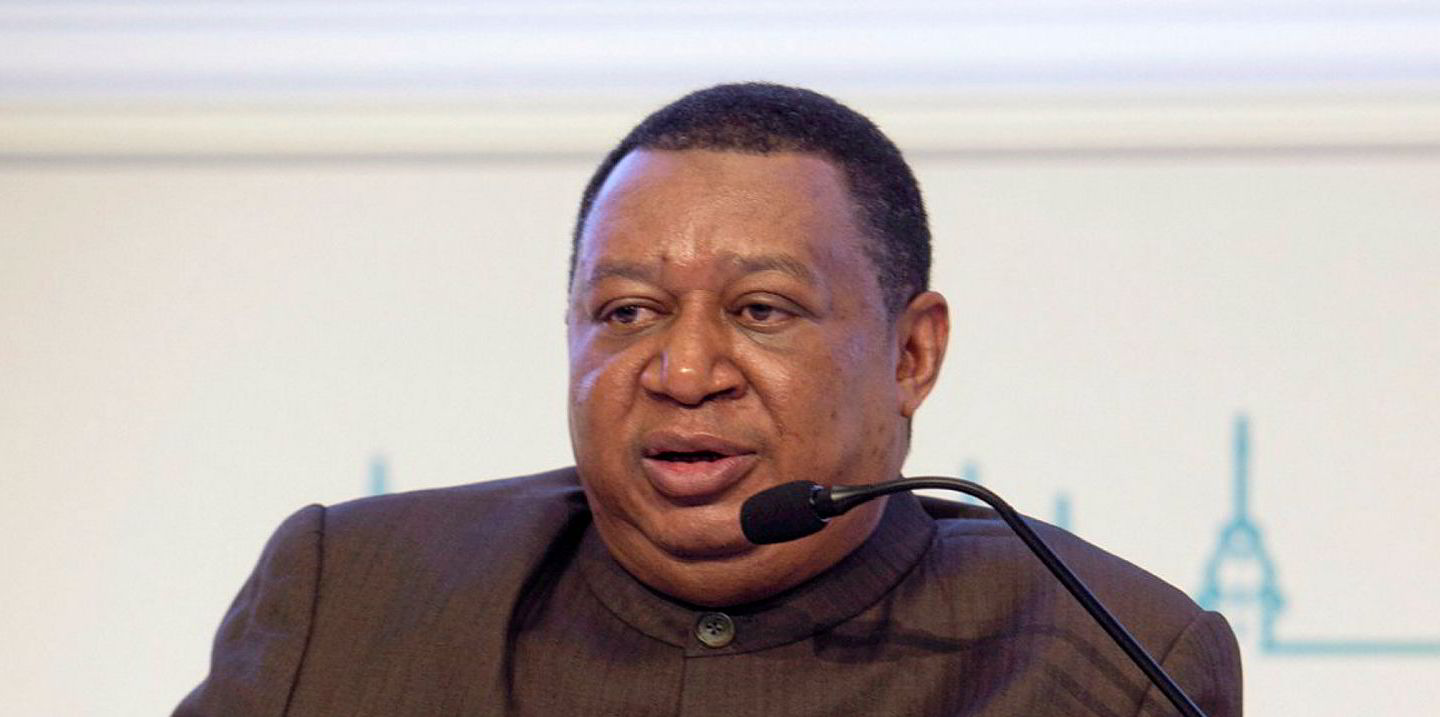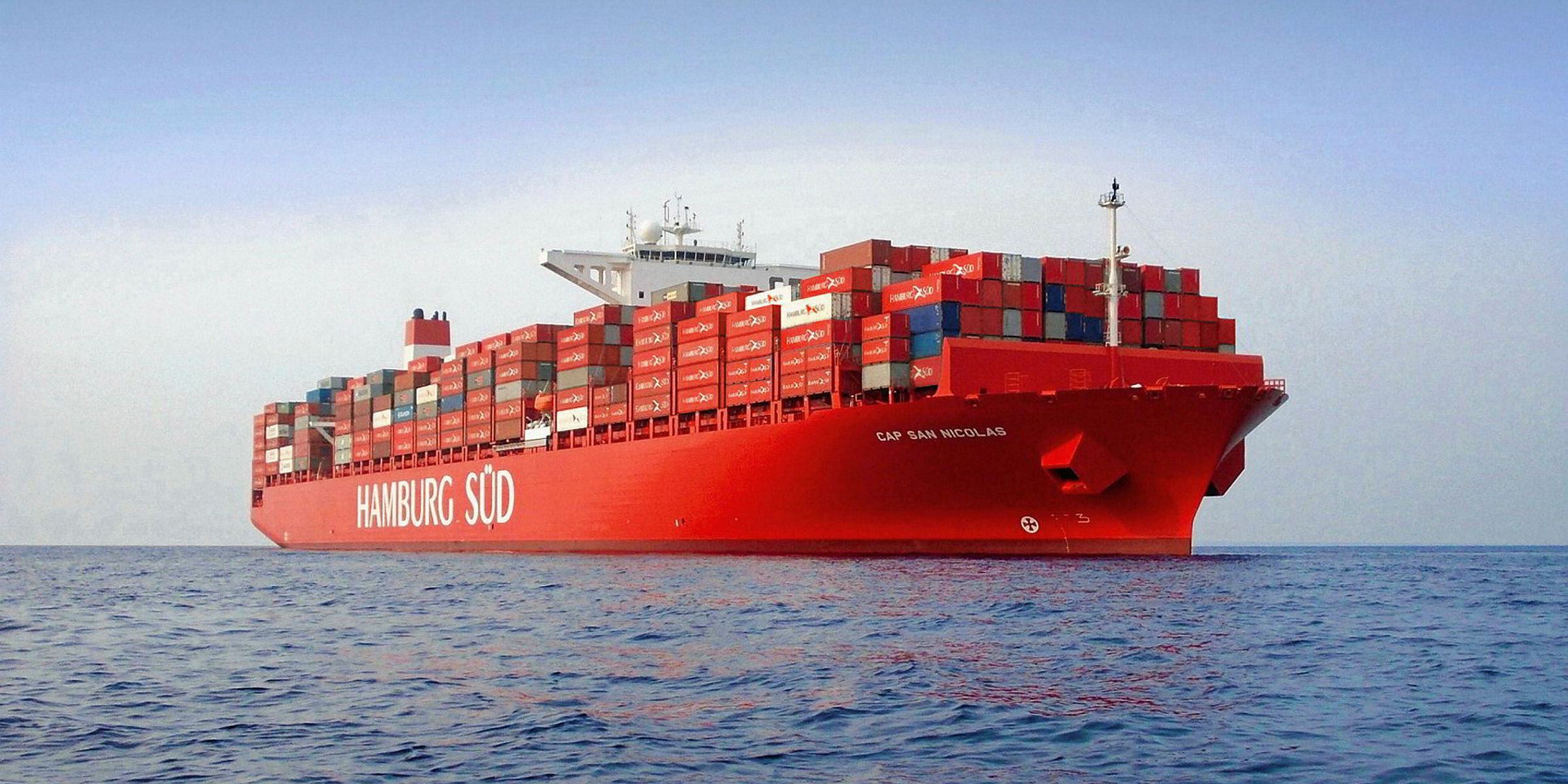Global refining and shipping industries are better prepared for the IMO 2020 than originally thought, according to Opec.
In its World Oil Outlook 2019, the oil exporters’ group predicted the compliance rate of vessel operators to be 85% next year, up 10% from its forecast last year.
The expectation is based on Opec’s views that refineries have the capability of producing sufficient IMO 2020-compliant fuels and that demand for high-sulphur fuel oil would find a bottom amid continued scrubber installation.
Based on the IMO rules, vessels will need to switch to marine gasoil (MGO), low-sulphur fuel oil (LSFO) or gas from HSFO unless they have scrubbers onboard.
“The current outlook sees global oil demand in 2020 significantly lower than last year’s assumption. This puts less demand side pressure on the global refining system and provides more flexibility with regards to base refinery throughput to switch to IMO-compliant fuels,” Opec said.
“The changing quality of the global crude slate will also increase the refining system’s ability to address the challenge of a shifting bunker fuel mix.”
“The global crude slate has become even lighter than was projected a year ago due to the larger-than-expected expansion of US tight oil production, as well as shortfalls at the heavy end of the slate.”
According to the Opec report, those factors suggest refineries would not have to increase crude runs for the IMO 2020, thus avoiding significant oversupply of HSFO, a natural product of the refining process.
Consequently, the discounts of HSFO to MGO and LSFO would not be as wide as previously forecast, but still deep enough to prompt continued investments in scrubbers, Opec said.
According to the annual outlook, the number of ships fitted with scrubbers is expected to increase to almost 5,500 in 2024 from 2,500 in 2020.
Demand for HSFO as marine fuel is set to decline from 3m barrels per barrel (bpd) in 2019 to 1.2m bpd next year, before slowly recovering to 1.5m bpd in 2024, based on Opec’s latest forecast.
LSFO demand is expected to rise to 1.6m bpd in 2020 before stabilising between 1.5m bpd and 1.6m bpd from 2021 through 2024. Meanwhile, MGO consumption is forecast to increase from 900,000 bpd this year to 1.5m bpd in 2020 and 2021, before easing back to 1.4m bpd between 2022 and 2024.
“The increasing number of scrubbers and the availability of LSFO will gradually eliminate the need to use more marine gasoil,” Opec said.
Decarbonisation won't eliminate oil-based bunkers
To fight climate change, the IMO has aimed to reduce greenhouse gas emissions from international shipping by 50% from 2008 before 2050.
The Opec report suggested low-carbon fuels and carbon capture and storage technology would need to be further developed for the target to be reached.
“The IMO 2050 emissions target may only be achievable if CO2 emissions from fuel are cut by 80% from CO2 emission levels of LNG,” Opec said. “This means that future fuels would need to emit only 20% of the CO2 emitted by LNG, or less than 15% of current emissions from oil-based fuels.”
“On-board carbon capture with subsequent carbon storage at appropriate sites may be part of an eventual solution…In this context, it is important to emphasise that the use of conventional (fossil) fuels may become carbon-free, although they are not renewable.”
Based on Opec’s estimates, consumption of oil-based marine fuels will still grow in the next two decades despite the IMO’s decarbonisation efforts.
Their demand is expected to amount to 4.9m bpd in 2040, compared with 4.1m bpd in 2018.

Check out TradeWinds Knowledge http://bit.ly/35g4KZ1, our new research project on IMO 2020 and decarbonisation







